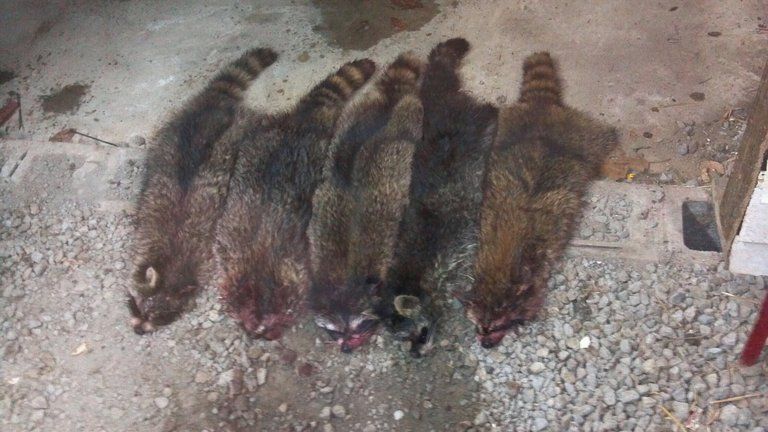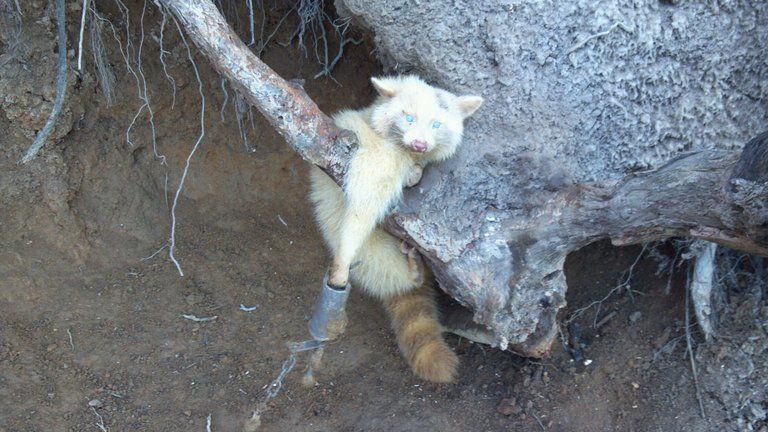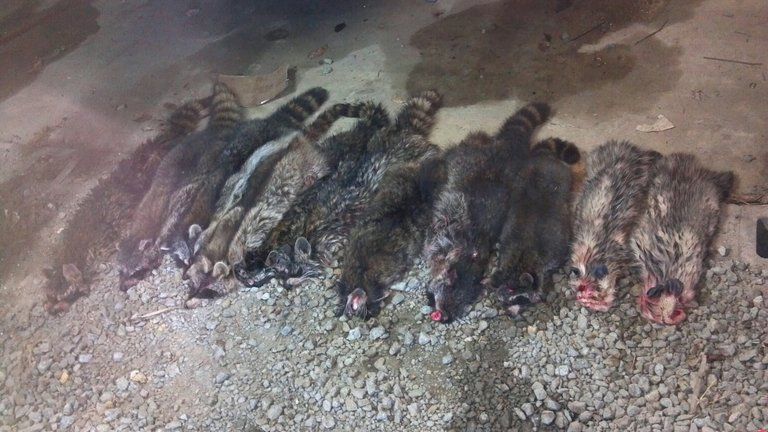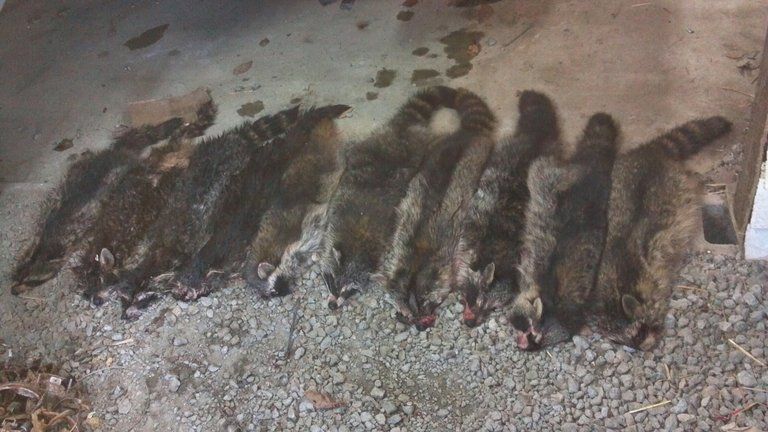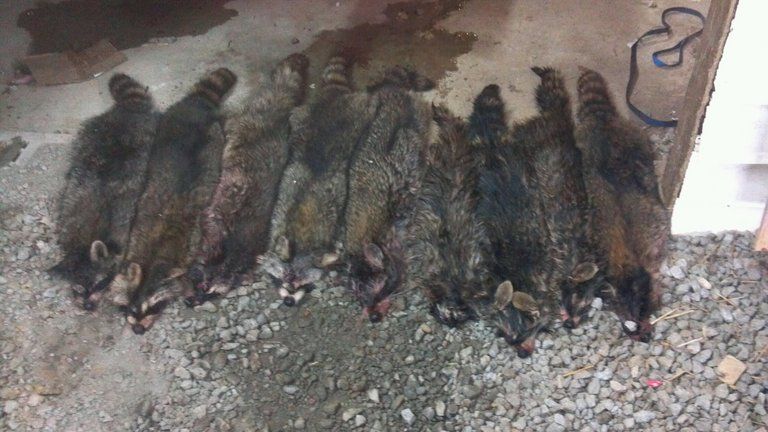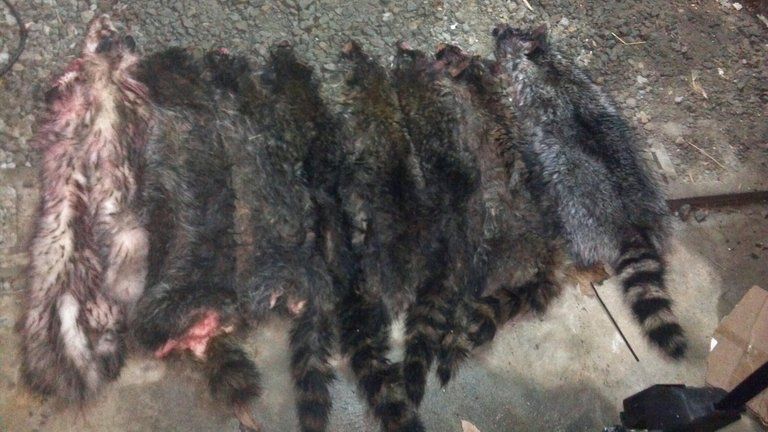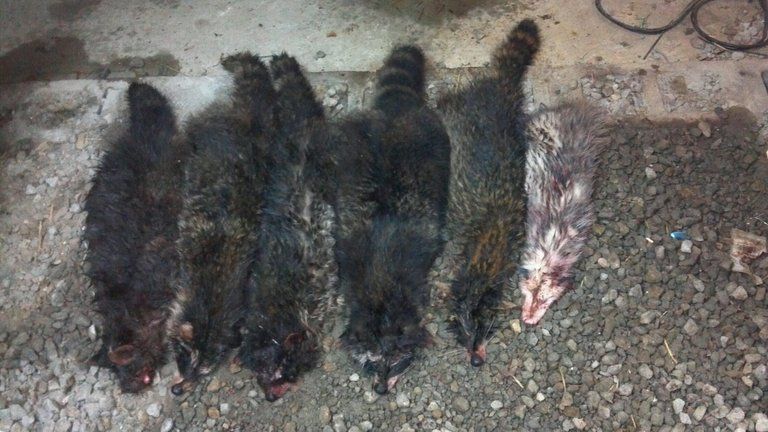
Yeah 'Popple' tree...I'm think a poplar.
You know Northern people have a way of saying things that only they can understand...LOL
I looked up popple through google, in the context of ice trapping beaver. I interpreted it as poplar. It seemed like a tree that the beaver would chew on...
Down here most poplar I see is referred to a cottonwood and they do get quite large. They also cause drifts of snowy looking seed when flowering. It is easy to see them blowing into wetland areas and germinating. So many species! I'm surprised theyare notmentioned as an important beaver food source...
Poplar tree is commonly known as aspen and cottonwood. It belongs to a populus genus that is made of about 35 species of deciduous flowering plants which belong to the family Salicaceae. Poplar trees are native of the Northern Hemishphere. Western Balsam Poplar species was the first tree to have its full DNA code in the year of 2006. Poplar trees can grow anywhere between 15 to 50 meters tall with trunks up to 2.5 meteres in diameter. The bark is smooth usually even when tree gets older. The leaves are spirally arranged and come in different shapes. Small leaves are usually on side shoots while very large leaves are on strong growing lead shoots. The leaves are bright gold in fall.
Poplar trees produce dioecious flowers which appear in early spring before the leaves. The flowers are long and drooping. Pollination is occured by wind. Cottonwood poplars are usually trees that grown in wetlands. Aspens are one of the most important boreal broadleaf trees. Populus genus is divided into six sections. Populus section Populus which includes trees like aspens and whit poplar is found in subartic, cool temepratures and in mountains. Popualus sectiion Tacamahaca is known as balsam poplars and grows in North America, Asia and in cooler temperatures. Populus section Leucoides is known as necklace poplars and bigleaf poplars. It is found in Eastern North America, Eastern Asia and in most warm temperatures. Populus section Turanga is a subtropical poplar, which is found in Southwest Asia and East Africa. Populus section Abaso is known as Mexican poplar and it is found only in Mexico. Poplar trees are usually grown as ornamental trees. They hav vigorous and invasive root system that streches up to 40 meters from the trees. Poplar trees are not recommended to plant close to houses or other buildings because itís roots may damage buildings.
Poplar wood is very flexible. Ancient Greeks and Etruscans used poplar wood for shields. Today, poplar is widely used for paper and inexpensive hardwood timber. It is also used for pallets and plywood. Camembert cheese is usually sold in boxes made out of poplar. Poplar wood is great for snowboard core because it is flexible wood. It is sometimes also used to make electric guitars, drums and even chopsticks. Poplar is used in art also. It was first used in Italy for panel paintings. Most famous renaissance Italian paintings and Mona Lisa were painted on poplar. Poplar white is usually white with some yellowish shades. Poplar trees are fast growing and many homeowners plant them as shde trees because of their fast growth. They are also a great choice for privacy screens and fence lines. Poplar trees come in all sizes so there are a lot of species to choose from. Poplar trees are very important for enviroment. They are planted to clean contaminated ground water becaue they thrive in wet soil. Poplars are also planted along streams and rivers that need restoration.




